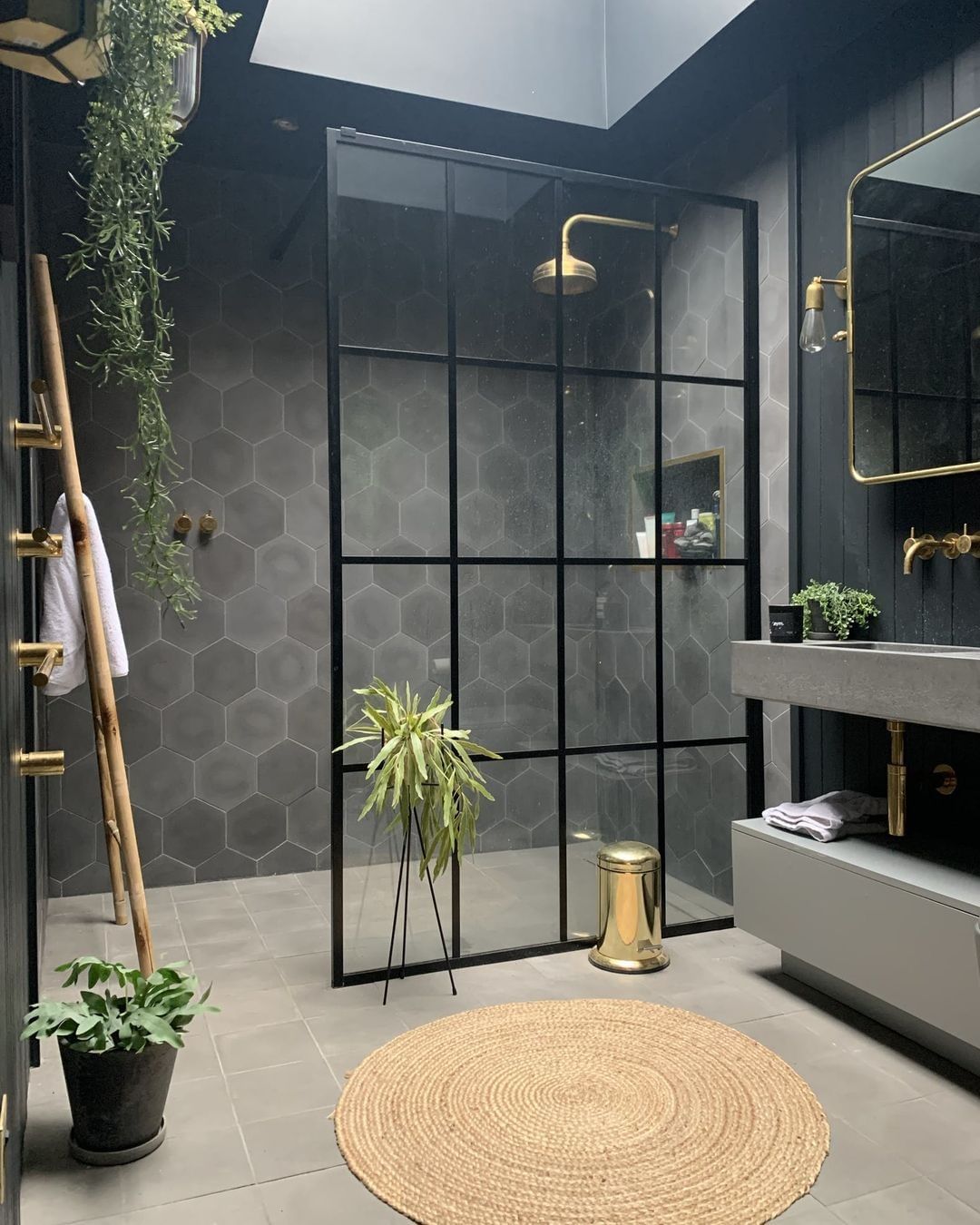Business Premises: How To Improve Water Infrastructure
Even though water is by far the most used resource in any home, office, or business, it is the most undervalued and poorly maintained utility. If your office or business premises has problems with water infrastructure management, not only are you wasting a valuable resource, but you are also setting yourself up for a lot of damage to property in the future.
The main risk to business owners in the form of water-related building damage is that it only becomes apparent once the problem has escalated to a point where it cannot be repaired. Since water leakages and problems in the water infrastructure are so small and discreet, they are often difficult to detect. In the case that they are detected, such as a leaking tap in the bathroom, people don’t pay them much attention and assume it’s not causing a big problem.

Ask anyone who has had their entire bathroom floor destroyed due to a leaking underground pipe, or anyone who has had a water geyser explode due to a faulty thermostat, and they will tell you just how big of a problem it is.
These are some of the best things you can do to improve and protect the water infrastructure at your business.
1. Test Water Quality
Ideally, you should know the quality of the water that you are getting at your facility, especially if you are getting your water from underground water sources or nearby surface water sources. While the quality of water in terms of its cleanliness is one matter, it’s also important to know how hard or soft the water is that you are receiving. The hardness of the water refers to the number of mineral deposits present in the water, specifically calcium. This can have an impact on how the water affects your piping, fixtures and also influences what that water can be used for.
2. Check Piping And Fixtures
Leaking piping and damaged plumbing is an unavoidable consequence of water, regardless of how clean or soft the water is. Over time, your piping will degrade and things will start to leak. If you have a problem with a water-related appliance such as a water heater then you probably need to disconnect the appliance to diagnose your water heater problem, and while it’s disconnected this is a great time to inspect the piping that runs till this device. Leaking pipes are often left untreated because they are difficult to detect, being underground and running through walls in most cases. If you have an appliance breakdown, take the opportunity to check the piping and if you see even a little of rust or corrosion, take action immediately.

3. Install Safety Measures
This is particularly important if your business premises uses a lot of water. Setups such as car washes, laundry stores, restaurants, and manufacturing businesses tend to use a lot of water, and they need to have the right safety systems in place to keep things stable. Whether you are using water pumps, boilers, or any other kind of water processing machinery, be sure to have the right mechanical and electrical safety systems in place. Also, if you are using high-powered electrical equipment such as pressure washers and large cooling systems, it’s a good idea to have multiple power controls in case any one of them fails.
4. Regular Maintenance
Generally, water-related machinery and water fittings don’t need any kind of maintenance unless something has gone wrong, however, all water systems must be regularly inspected. Ideally, they should be inspected after a defined number of operational hours. Also, components that are used extensively under high loads such as bearings should be serviced or changed after a certain number of operational hours as well.

5. Use Technology
When it comes to managing water and ensuring the safety of water-based machinery, there are a number of technologies that will help you use water more efficiently, save energy and also improve safety. Even more, advantages can be gained by automating certain processes and maximizing water and power usage even further.
6. Analyze And Monitor Water Infrastructure
Through simple tools that monitor water usage, you can not only optimize how much water you use but you can easily detect leaks and faulty machinery. Make use of these tools to help preserve this resource.
We don’t realize it, but water-related problems can actually be costing a lot in the long term. Imagine a water tank that is leaking and an automated water pump that is connected to that tank that keeps running for only a few minutes an hour to keep the tank full. When you look at this in the long run, over the course of a few years, you would have paid a lot of money for the electricity to run that pump just enough to keep the tank full, not to mention all the water that was wasted and the harm it will have done to the building. Managing water infrastructures is very easy, but it needs to be done consistently to be effective.
7. Install a Water tank
Potable water tanks are a crucial element in any office or business premises. These tanks are designed to store and supply clean and safe drinking water to employees and visitors. Ensuring access to potable water is not only a legal requirement but also a basic necessity for the well-being and productivity of everyone in the workplace. Here are some reasons why having potable water tanks in your office or business premises is essential.
1. Compliance with health and safety regulations: Providing clean and safe drinking water is a legal requirement in most countries. Businesses are obligated to adhere to health and safety regulations, which include ensuring that employees have access to potable water. These regulations are in place to protect the health of employees and visitors, preventing the spread of illnesses and promoting a healthy working environment.

2. Hydration and productivity: Dehydration can have a significant impact on productivity and overall well-being. Studies have shown that even mild dehydration can lead to decreased cognitive function, impaired concentration, and reduced performance. Having potable water tanks readily available encourages employees to stay hydrated throughout the day, promoting optimal productivity and preventing potential health issues.
3. Cost-effective solution: Providing access to potable water through tanks is a cost-effective solution for businesses. It eliminates the need for purchasing bottled water, which can be expensive and generates significant plastic waste. By investing in potable water tanks, businesses can ensure a constant supply of clean drinking water at a fraction of the cost, benefiting both their budget and the environment.
4. Emergency preparedness: Potable water tanks are an essential component of emergency preparedness plans. In the event of a water supply disruption or natural disaster, having a reserve of clean drinking water can be life-saving. It ensures that employees and visitors have access to safe water during such situations, minimizing the impact on their health and overall well-being.
5. Corporate social responsibility: Incorporating potable water tanks into your office or business premises demonstrates your commitment to corporate social responsibility. By providing access to clean drinking water, you are prioritizing the health and well-being of your employees and visitors. This enhances your company’s reputation and helps build a positive image, showcasing your commitment to both social and environmental causes.
In conclusion, having potable water tanks in your office or business premises is imperative for various reasons. It helps businesses comply with health and safety regulations, promotes employee well-being and productivity, provides a cost-effective solution, ensures emergency preparedness, and showcases corporate social responsibility. Investing in potable water tanks is a small






